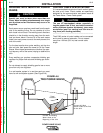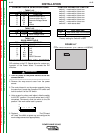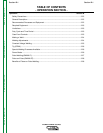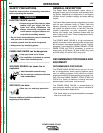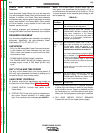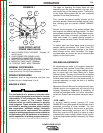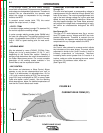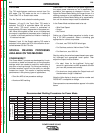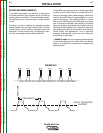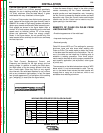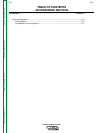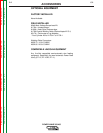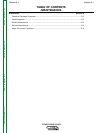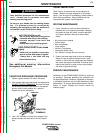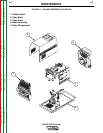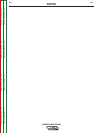
INSTALLATION
B-7 B-7
POWER WAVE 355
Return to Section TOC Return to Section TOC Return to Section TOC Return to Section TOC
Return to Master TOC Return to Master TOC Return to Master TOC Return to Master TOC
PULSE WELDING (GMAW-P)
The pulsed-arc process is, by definition, a spray trans-
fer process wherein spray transfer occurs in pulses at
regularly spaced intervals. In the time between pulses,
the welding current is reduced and no metal transfer
occurs.
Pulsed-arc transfer is obtained by operating a power
source between low and high current levels. The high
current level or “pulse” forces an electrode drop to the
workpiece. The low current level or “background” main-
tains the arc between pulses. (See Figure B.3).
FIGURE B.3
PEAK AMPS
FREQUENCY
SPRAY TRANSITION
CURRENT
EACH PULSE DELIVERS ONE DROPLET OF WELD MATERIAL
Pulsed MIG is an advanced form of welding that takes
the best of all the other forms of transfer while mini-
mizing or eliminating their disadvantages. Unlike short
circuit, pulsed MIG does not create spatter or run the
risk of cold lapping. The welding positions in pulsed
MIG are not limited as they are with globular or spray
and its wire use is definitely more efficient. Unlike the
spray arc process, pulsing offers controlled heat input
that allows better welding on thin materials, lower wire
feed speeds and leads to less distortion and improved
overall quality and appearance. This is especially
important with stainless, nickel and other alloys that
are sensitive to heat input.
In GMAW-P mode, arc control adjusts the background
current and frequency of the wave. When arc control
goes up, the frequency increases thus increasing the
droplet transfer.



